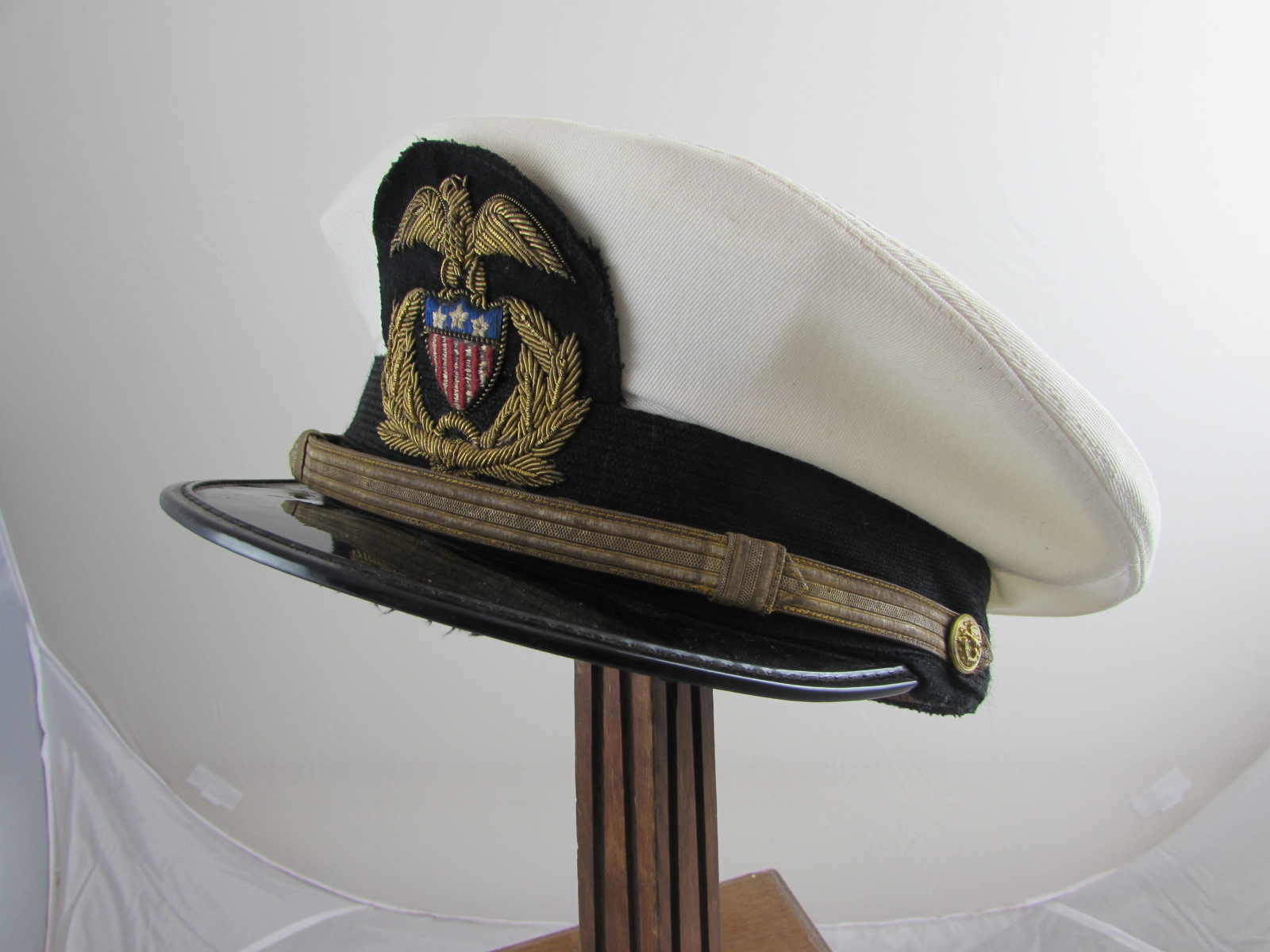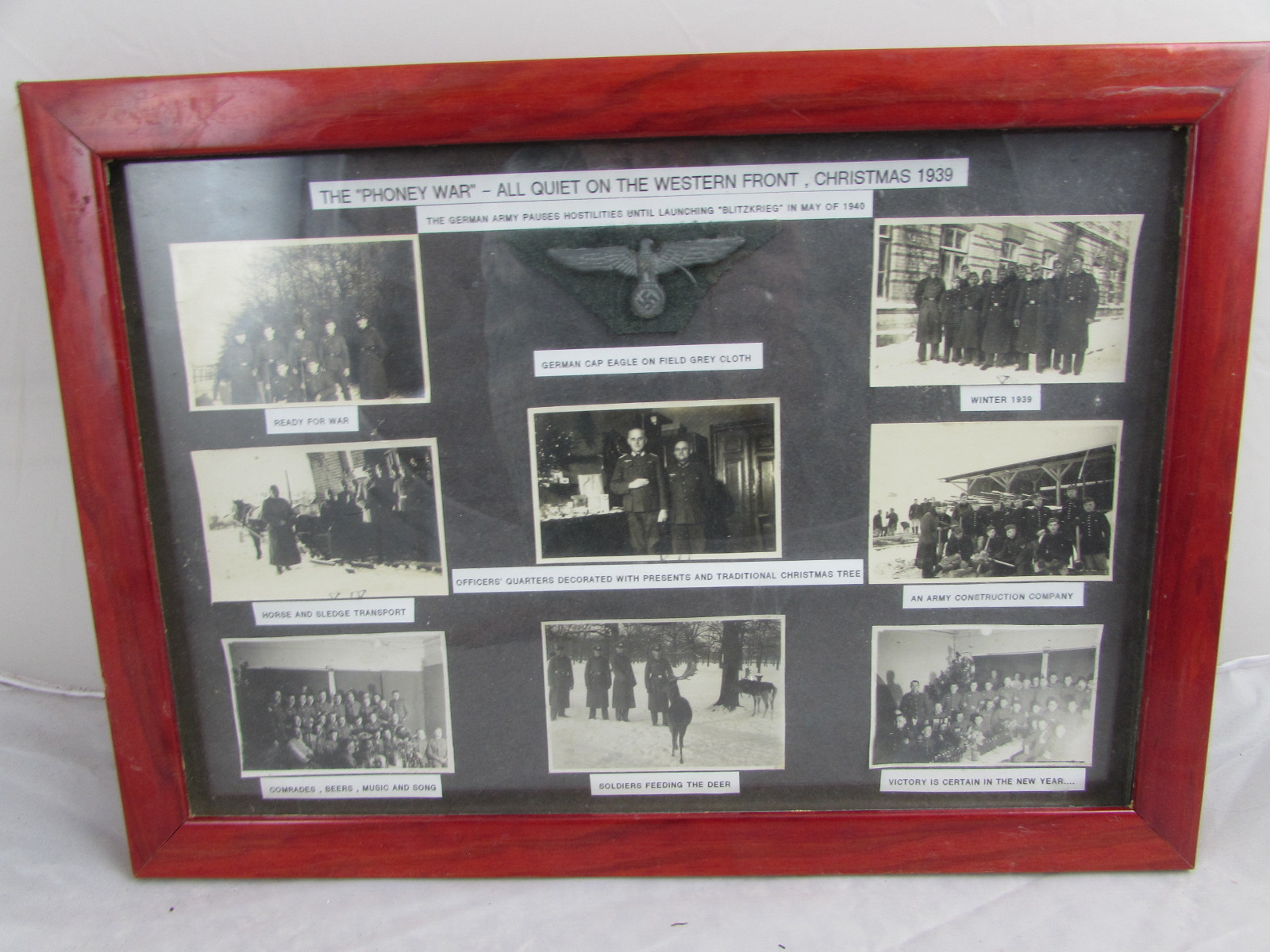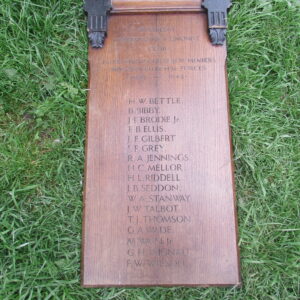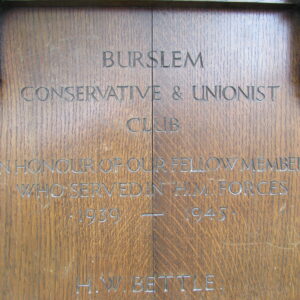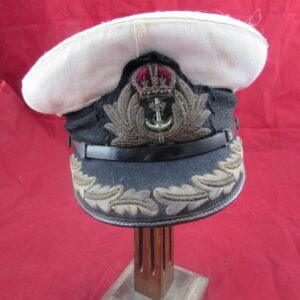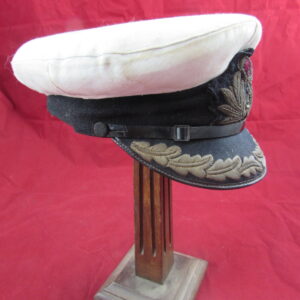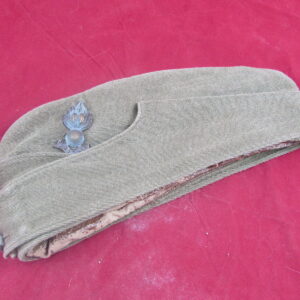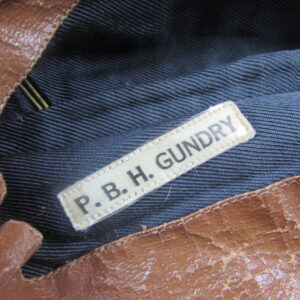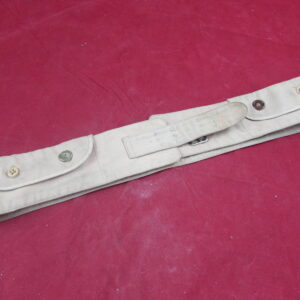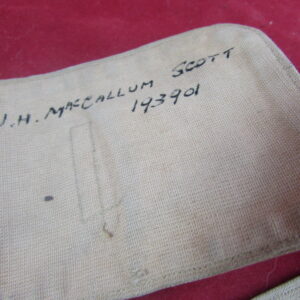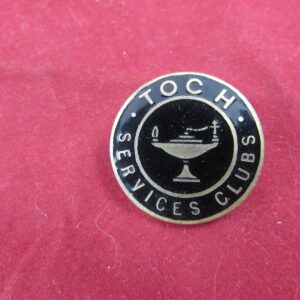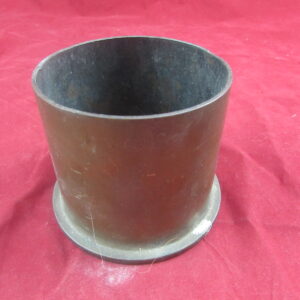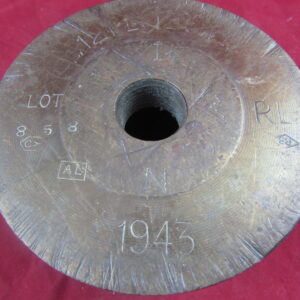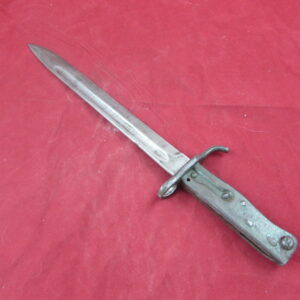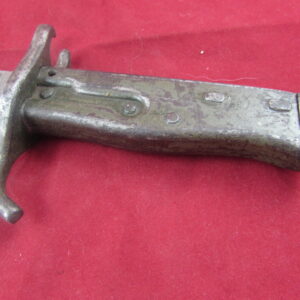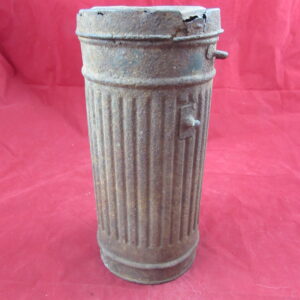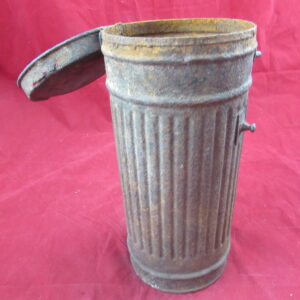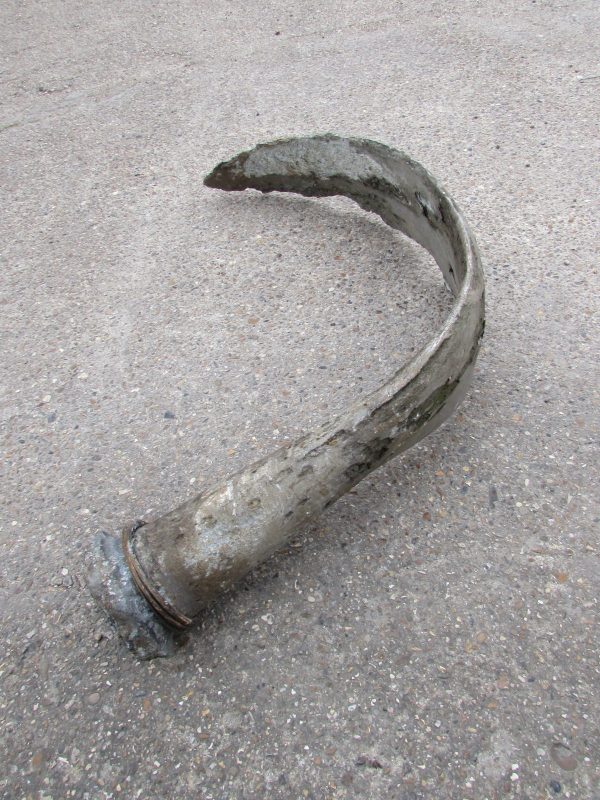
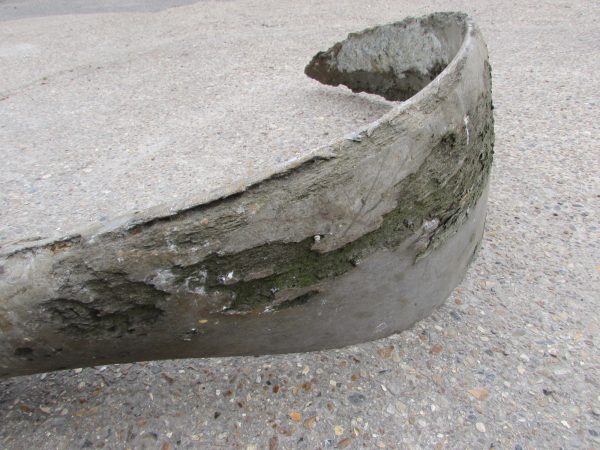
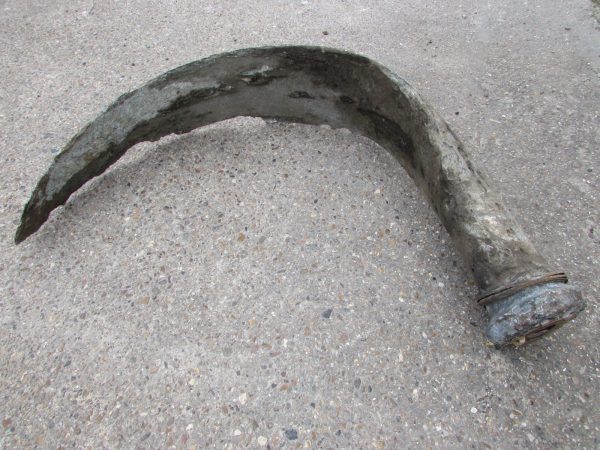
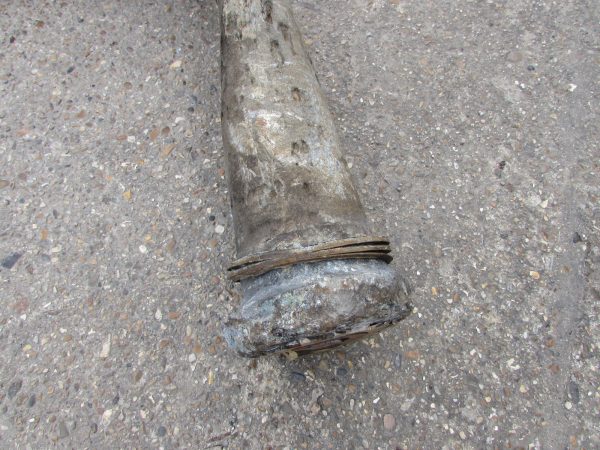
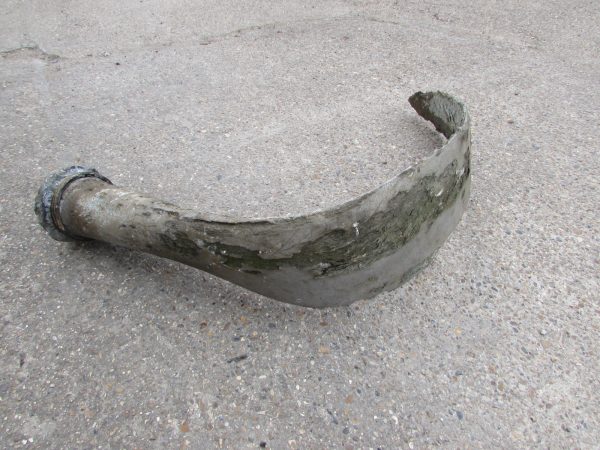
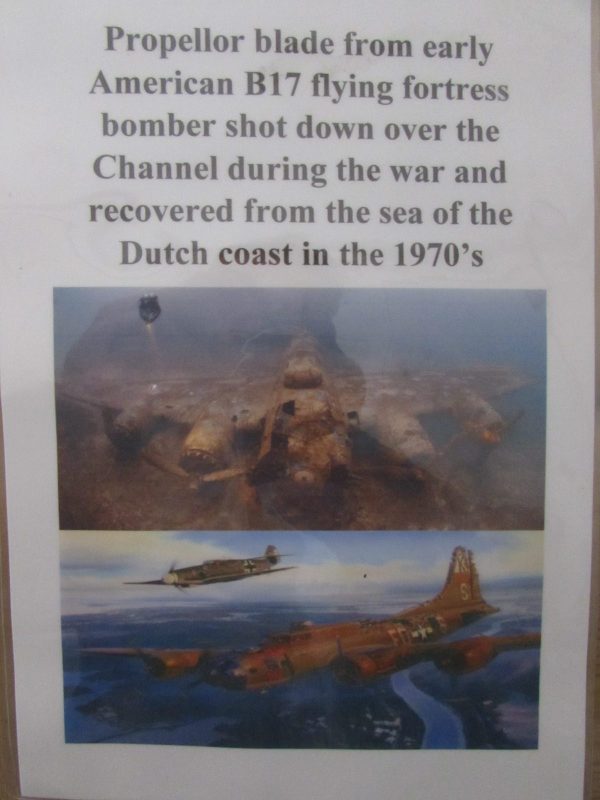

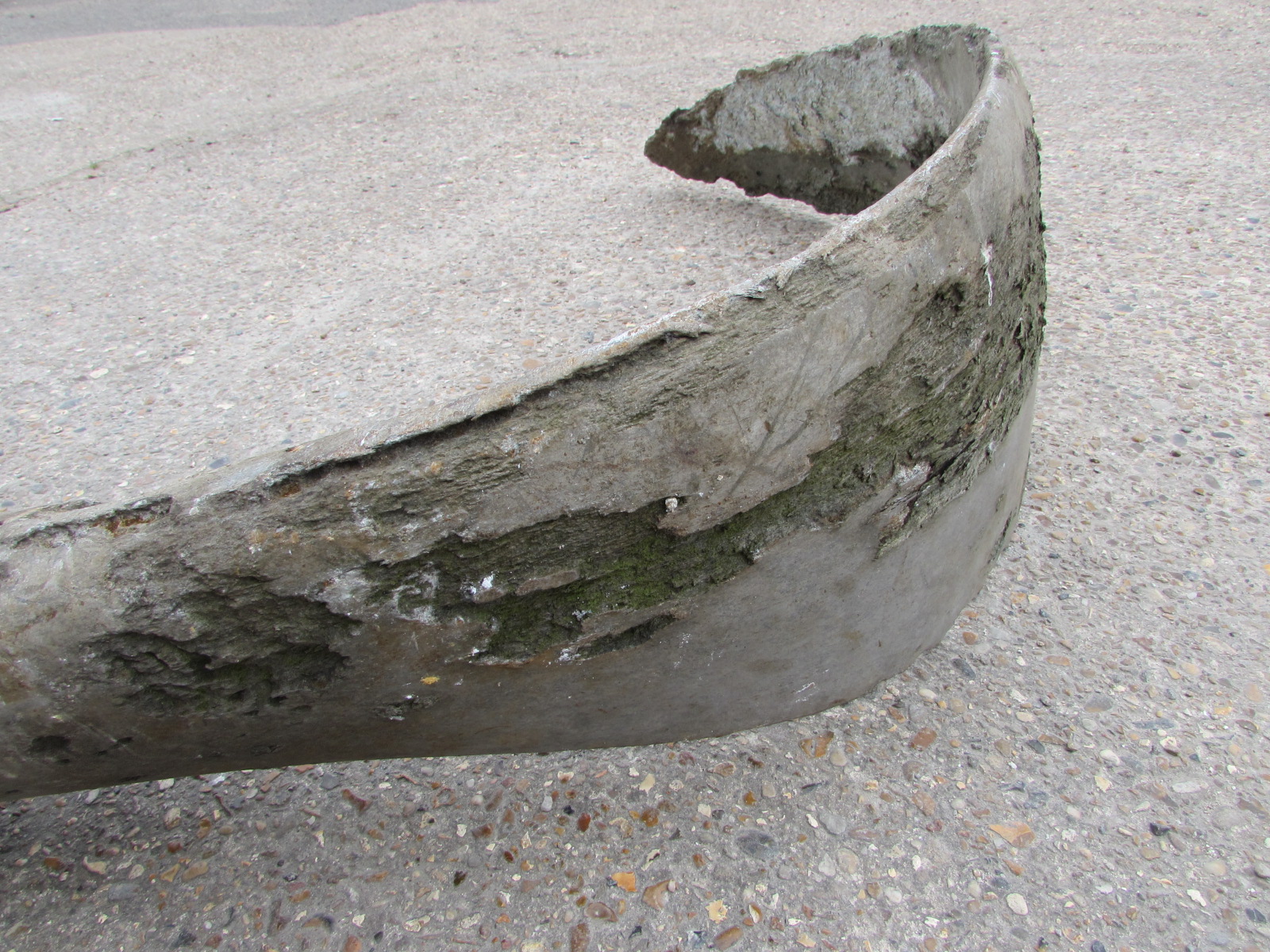
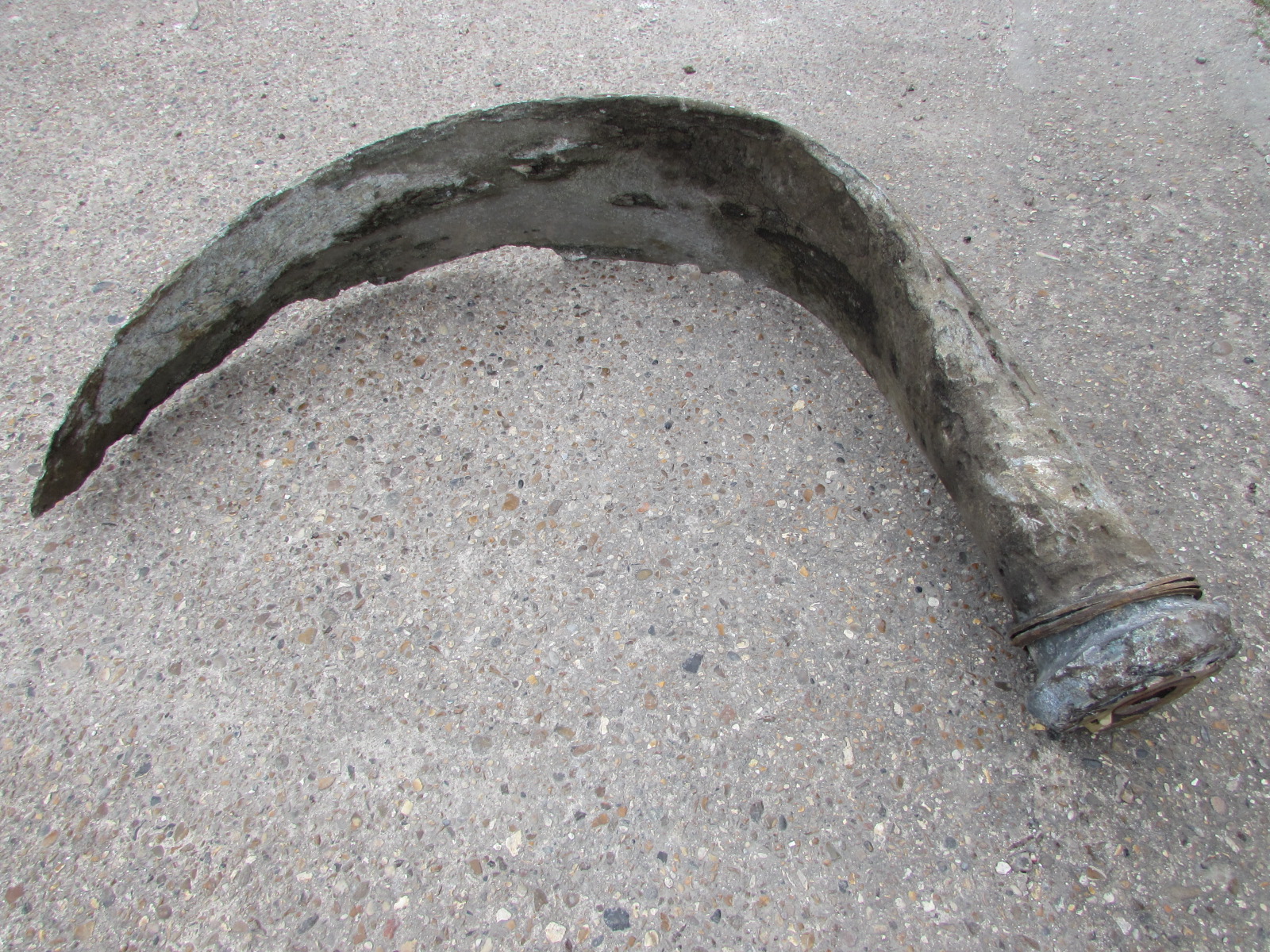
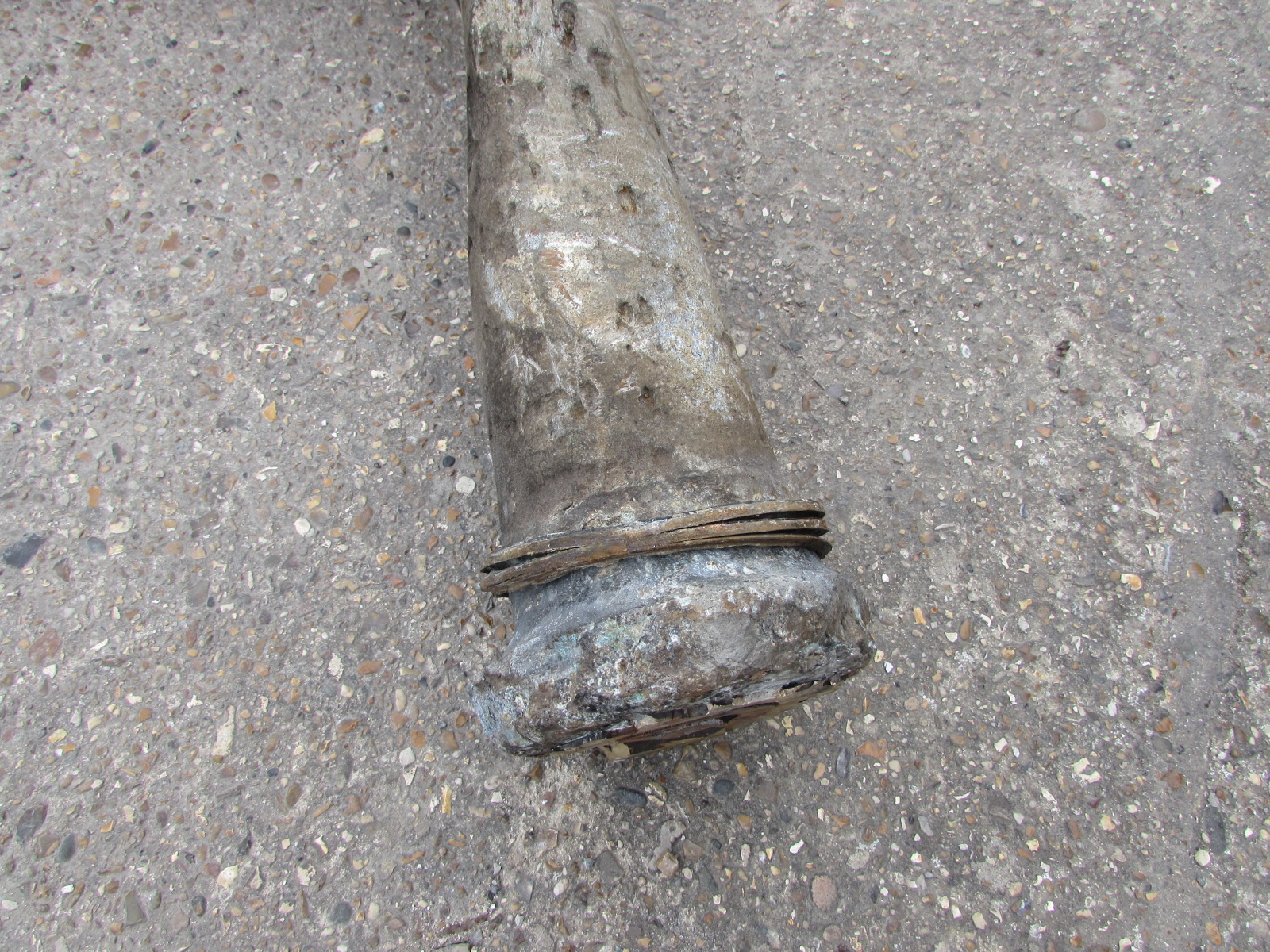
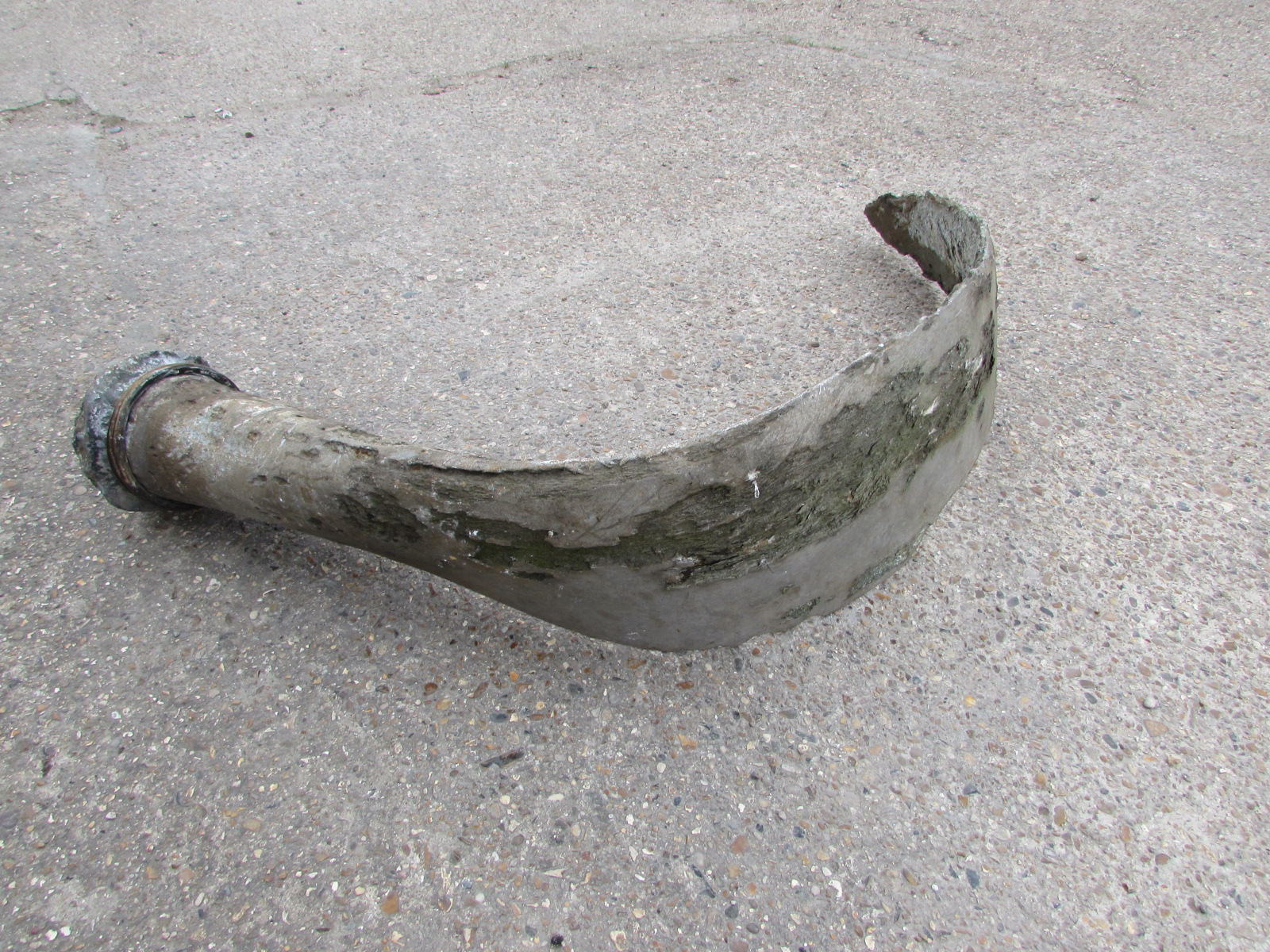
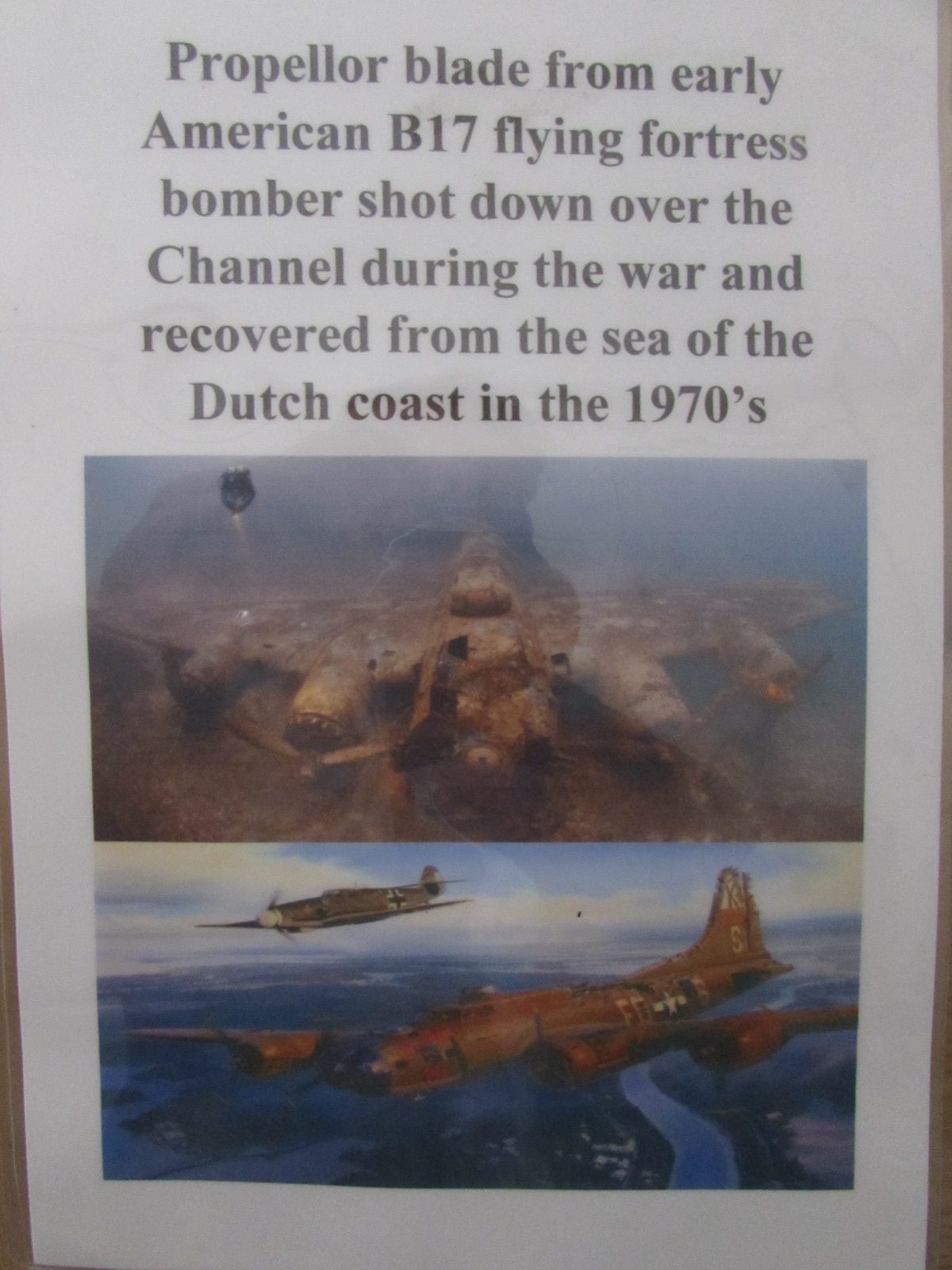
WW2 B17 Flying Fortress Propeller Blade
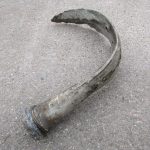
WW2 B17 Flying Fortress Propeller Blade
£650.00 £600.00
Views: 637
£650.00 £600.00
WW2 B17 Flying Fortress Propeller Blade recovered from the sea
- Description
- Shipping and Delivery
Description
WW2 B17 Flying Fortress Propeller Blade recovered from the sea
A full size American B17 Flying Fortress Propeller blade recovered from the sea of the Dutch coast in the 1970s. All i know is this ,i don’t know what aircraft it is off. Full size but in a bent condition, It came with the two other blades which are on here. The boss or hub is also for sale. All i have been to find out is that it is an early model .WW2 B17 Flying Fortress Propeller Blade recovered from the sea
pickup only or possible delivery based on location
The Boeing B-17 Flying Fortress is a four-engined heavy bomber developed in the 1930s for the United States Army Air Corps (USAAC). Relatively fast and high-flying for a bomber of its era, the B-17 was used primarily in the European Theater of Operations and dropped more bombs than any other aircraft during World War II. It is the third-most produced bomber of all time, behind the four-engined Consolidated B-24 Liberator and the multirole, twin-engined Junkers Ju 88. It was also employed as a transport, antisubmarine aircraft, drone controller, and search-and-rescue aircraft.
In a USAAC competition, Boeing’s prototype Model 299/XB-17 outperformed two other entries but crashed, losing the initial 200-bomber contract to the Douglas B-18 Bolo. Still, the Air Corps ordered 13 more B-17s for further evaluation, then introduced it into service in 1938. The B-17 evolved through numerous design advances[4][5] but from its inception, the USAAC (later, the USAAF) promoted the aircraft as a strategic weapon. It was a relatively fast, high-flying, long-range bomber with heavy defensive armament at the expense of bombload. It also developed a reputation for toughness based upon stories and photos of badly damaged B-17s safely returning to base.
The B-17 saw early action in the Pacific War, where it conducted raids against Japanese shipping and airfields.[6] But it was primarily employed by the USAAF in the daylight strategic bombing campaign over Europe, complementing RAF Bomber Command‘s night-time area bombing of German industrial, military and civilian targets.[7] Of the roughly 1.5 million tons of bombs dropped on Nazi Germany and its occupied territories by U.S. aircraft, over 640 000 tons (42.6%) were dropped from B-17s.[8]
At this time, Antiqurio ships to locations within the United Kingdom mainland. Items can be shipped worldwide by prior agreement please contact us. The risk of loss and title for all items ordered on this website pass to you when the items is delivered to the shipping carrier. We are unable to calculate shipping automatically for multiple items when shipping internationally please contact us by email if you wish to purchase more than one item and live outside of the UK; we are working to resolve this
International
Customs and import duties may be applied to International orders when the shipment reaches its destination. This is not imposed by Antiqurio and these charges are the responsibility of the recipient of your order and are likely to vary from country to country. Contact your local customs office for details.
Shipping laws are different in each country. It is your responsibility to check with your Customs office to verify whether the country to which you are shipping permits the shipment of your products. Antiqurio is not responsible for any direct, indirect, punitive, or consequential damages that arise from improper international shipping practices.
